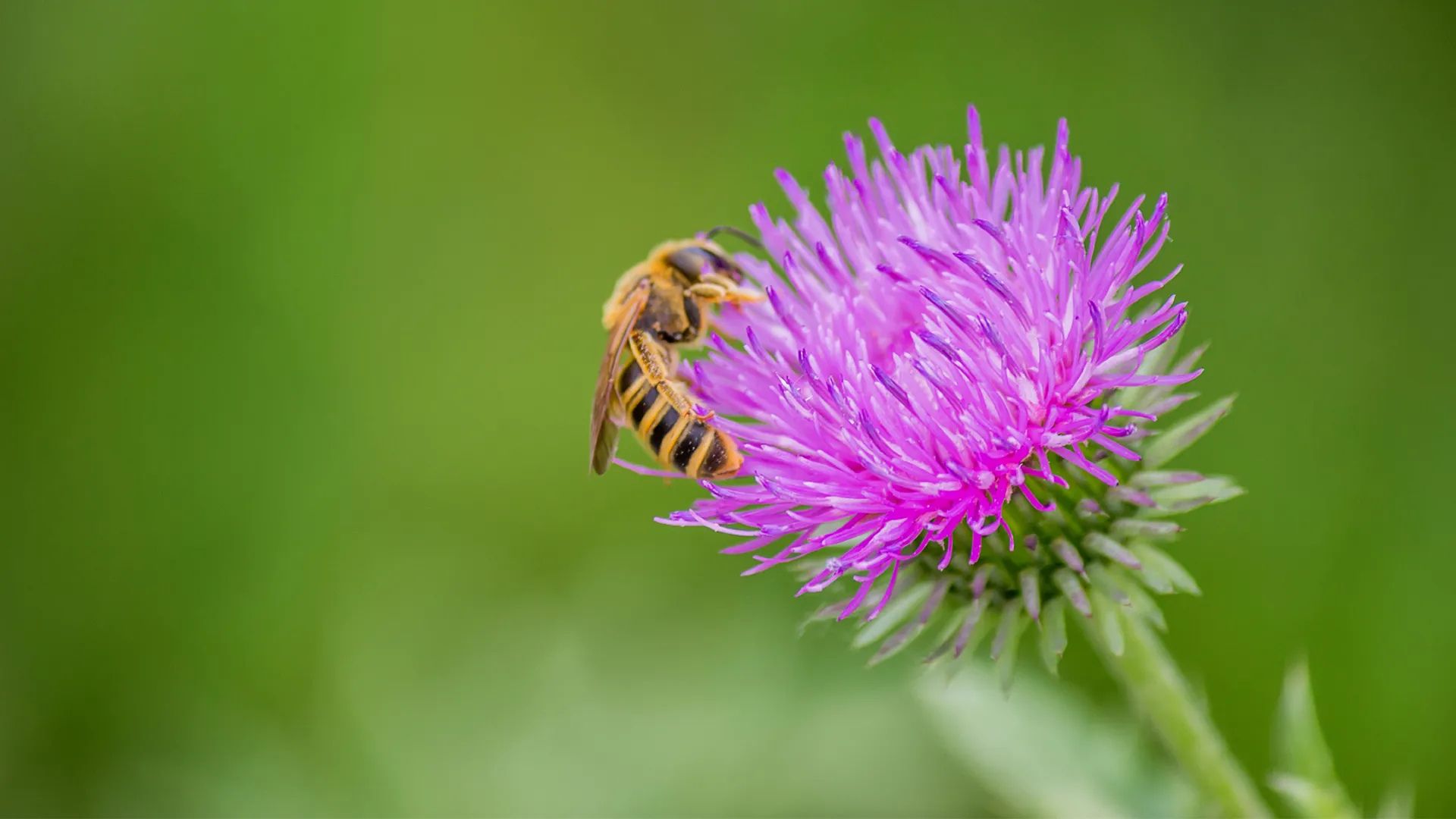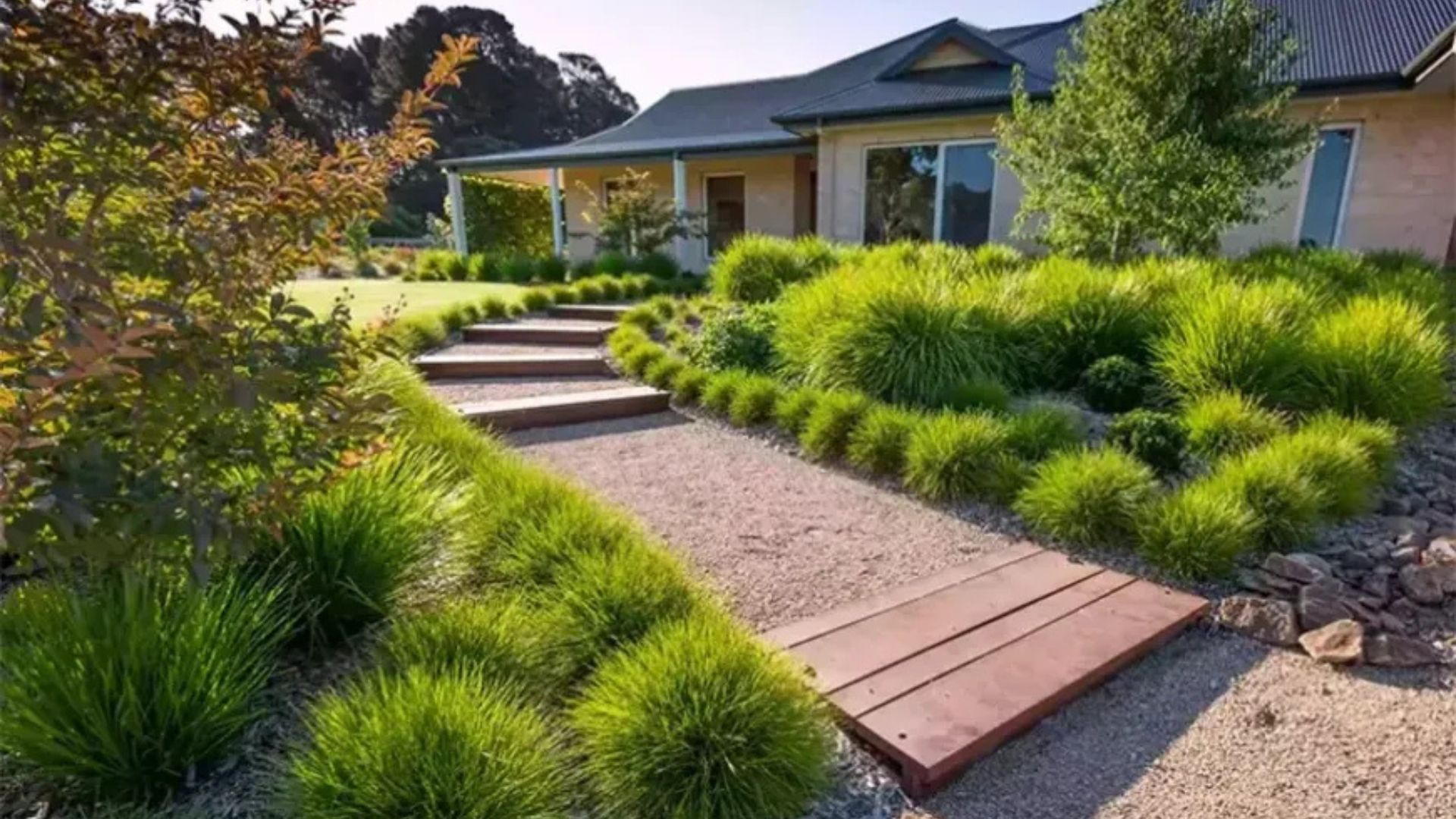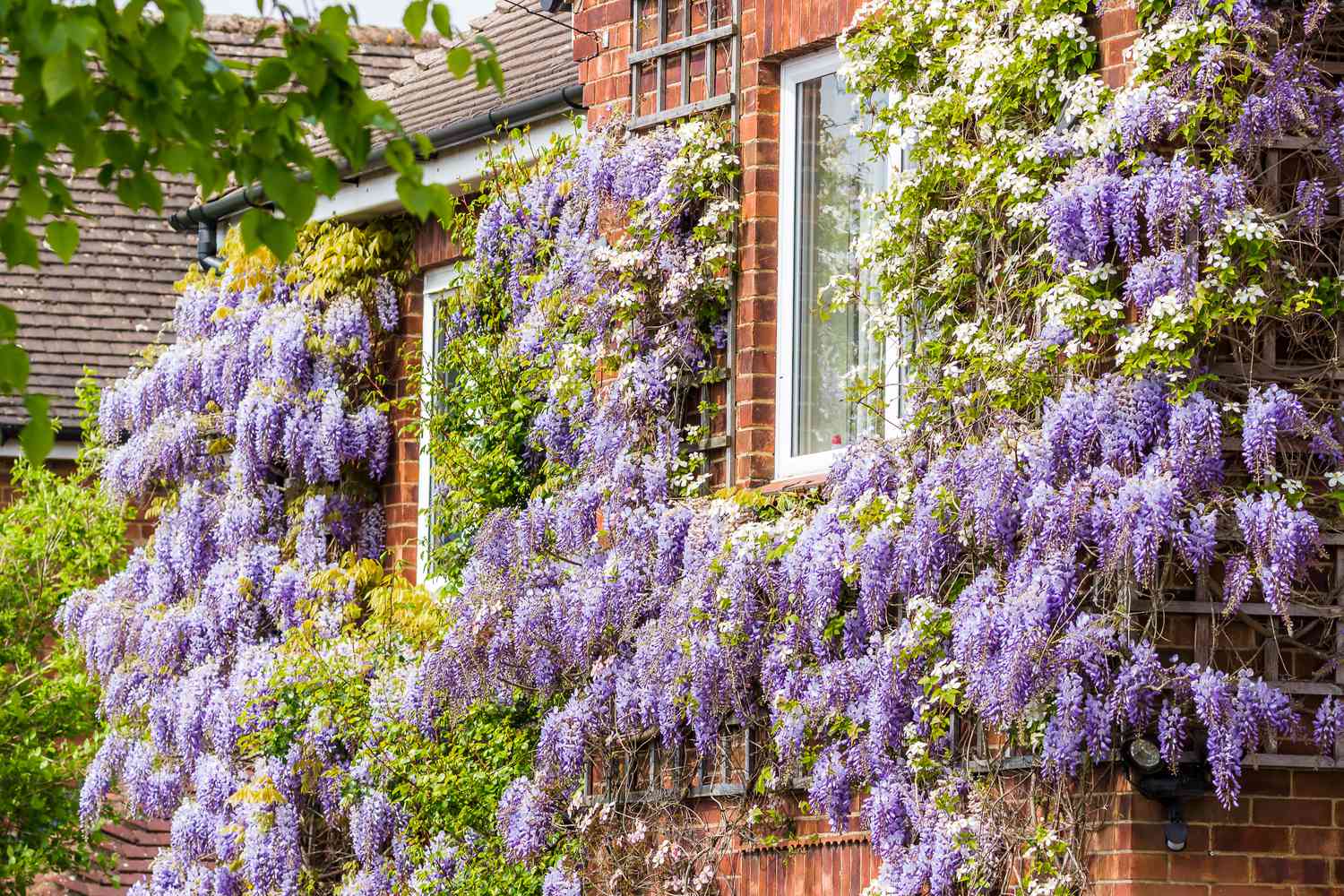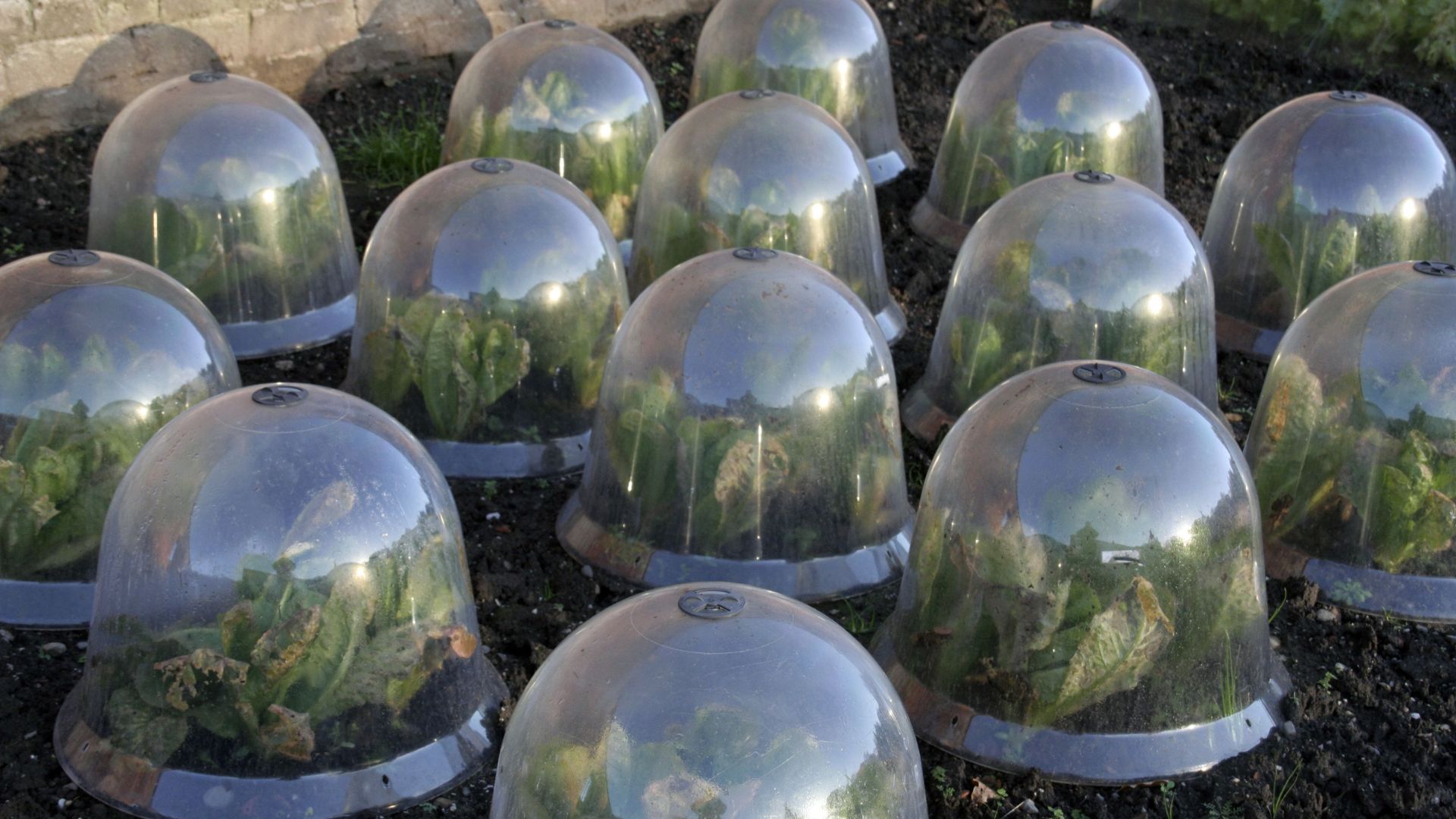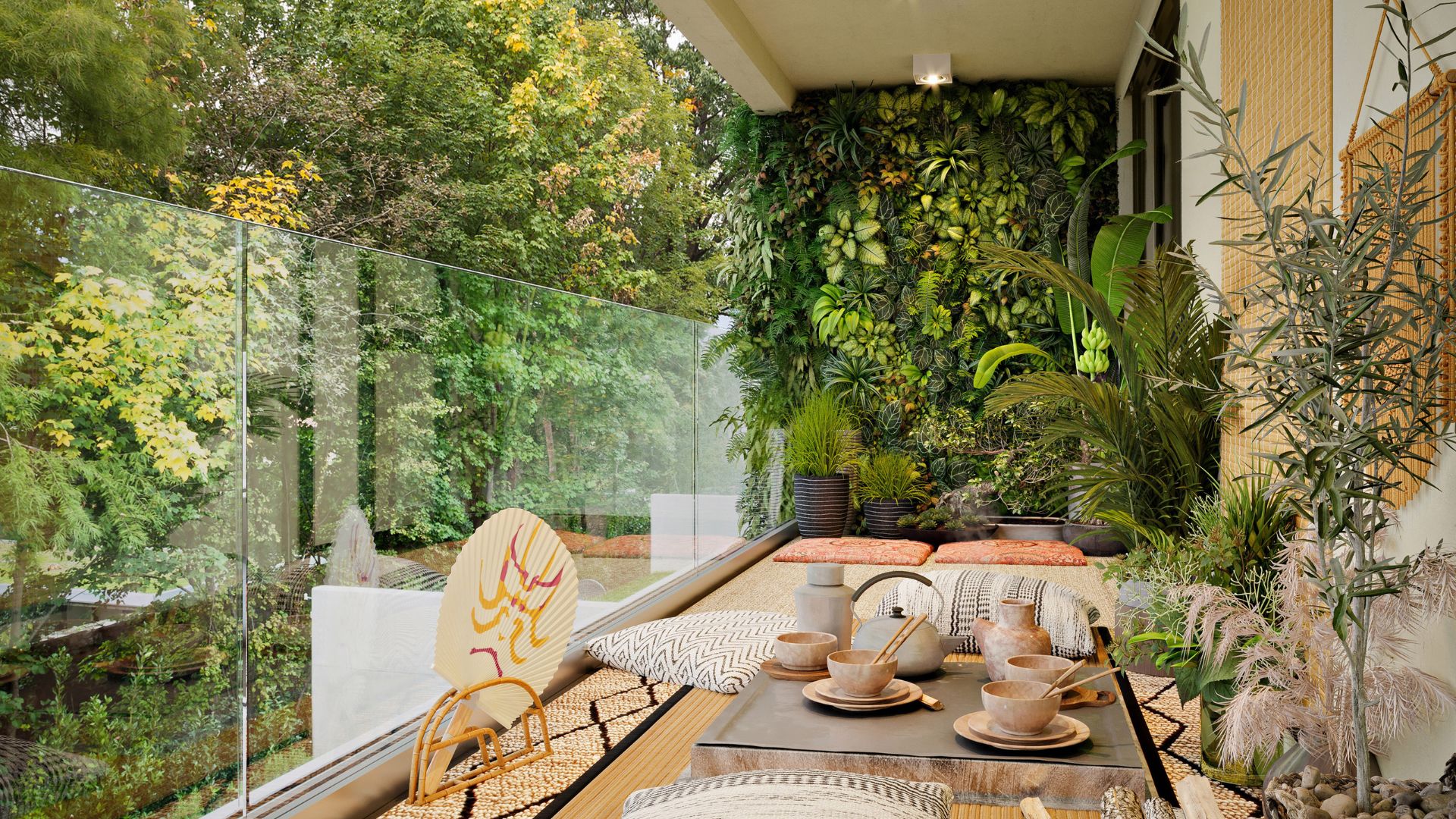Pollinators play a crucial role in maintaining healthy ecosystems and producing many of the fruits and vegetables we enjoy. By attracting pollinators naturally, you help support biodiversity while enhancing your garden’s productivity. These tiny creatures, including bees, butterflies, and hummingbirds, thrive when you provide food, shelter, and water. With a few thoughtful steps, you can create a pollinator-friendly haven that benefits both your plants and the environment.
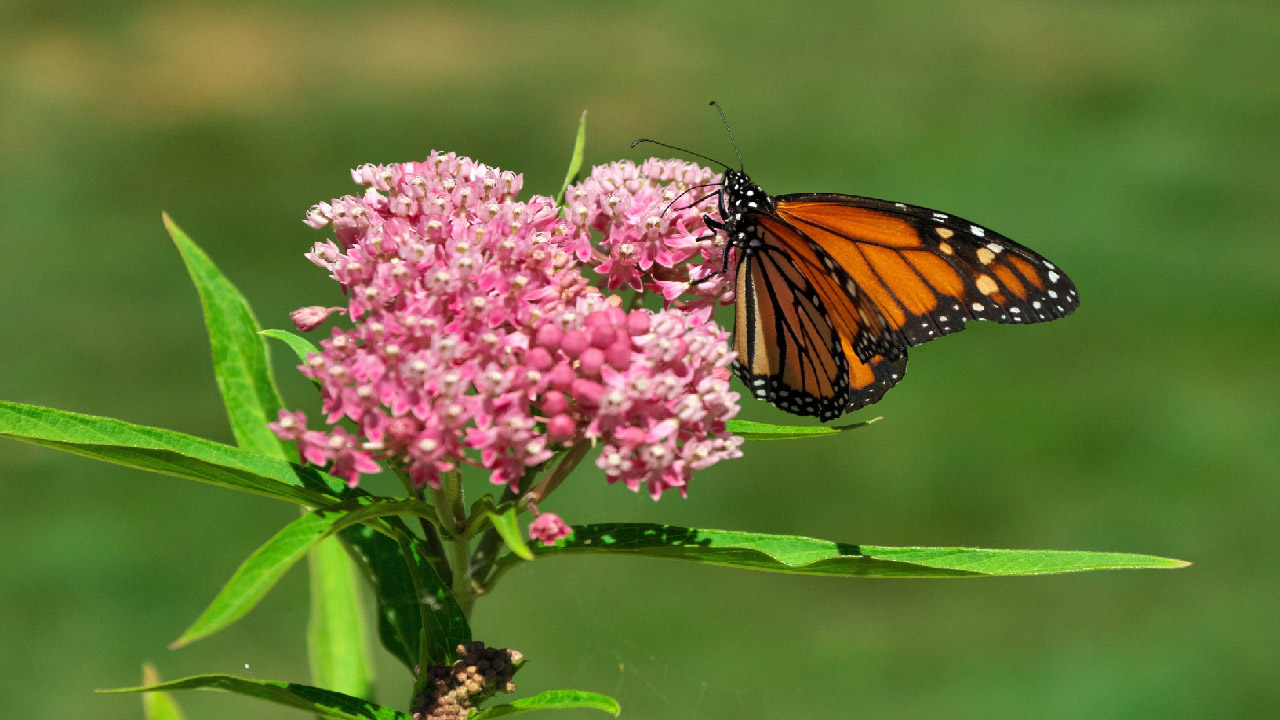
Why Attracting Pollinators Naturally Matters
Pollinators are responsible for fertilizing over 75% of flowering plants worldwide. Their activity increases crop yields and helps wild plants reproduce. However, habitat loss, pesticides, and climate change threaten pollinator populations globally. By planting native flowers, reducing chemical use, and offering water sources, gardeners can help reverse this decline. Supporting pollinators naturally also promotes a healthier garden with stronger plants and more vibrant blooms.
Choose Native Plants to Support Local Pollinators
When aiming at attracting pollinators naturally, native plants are your best allies. They evolved alongside local pollinators, providing the right nectar and pollen. Wildflowers such as coneflowers, milkweed, and black-eyed Susans attract a variety of bees and butterflies. Native plants also require less water and care, making them sustainable choices. Incorporate a mix of species that bloom at different times to ensure continuous food supply throughout the growing season.
Provide Shelter and Nesting Sites
Pollinators need safe places to rest and reproduce. Leaving patches of bare soil encourages ground-nesting bees, while small bundles of twigs or hollow stems provide homes for other species. Avoid excessive garden cleanup during nesting seasons to protect habitats. Installing bee hotels or leaving dead wood can further support solitary bees. By creating a welcoming environment, you encourage pollinators to stay and thrive in your garden naturally.
Offer Clean Water Sources
Like all living creatures, pollinators need water to survive. Shallow dishes filled with water and pebbles make perfect watering spots. The pebbles provide landing pads so insects can drink safely without drowning. Regularly change the water to prevent mosquito breeding. If you have a birdbath or small pond, keep it clean and accessible. Clean water helps pollinators maintain their energy and continue their vital work in your garden.
Avoid Pesticides and Chemicals
Using pesticides and herbicides can be harmful or even deadly to pollinators. When attracting pollinators naturally, opt for organic gardening methods and natural pest control. Hand-pick pests, encourage beneficial insects like ladybugs, and use companion planting to deter harmful bugs. If pesticides are necessary, apply them at dusk when pollinators are less active. Reducing chemical use creates a safer, healthier space for pollinators and your plants.
Create Diverse Plantings for Year-Round Attraction
Pollinators benefit from a diverse garden with a wide range of flower shapes, sizes, and colors. Include plants that bloom in early spring, summer, and fall to provide food all season long. Incorporate herbs, shrubs, and flowering trees alongside perennials and annuals. This diversity attracts a variety of pollinators, from hummingbirds to bumblebees. With thoughtful planting, your garden becomes a vibrant ecosystem buzzing with life.






